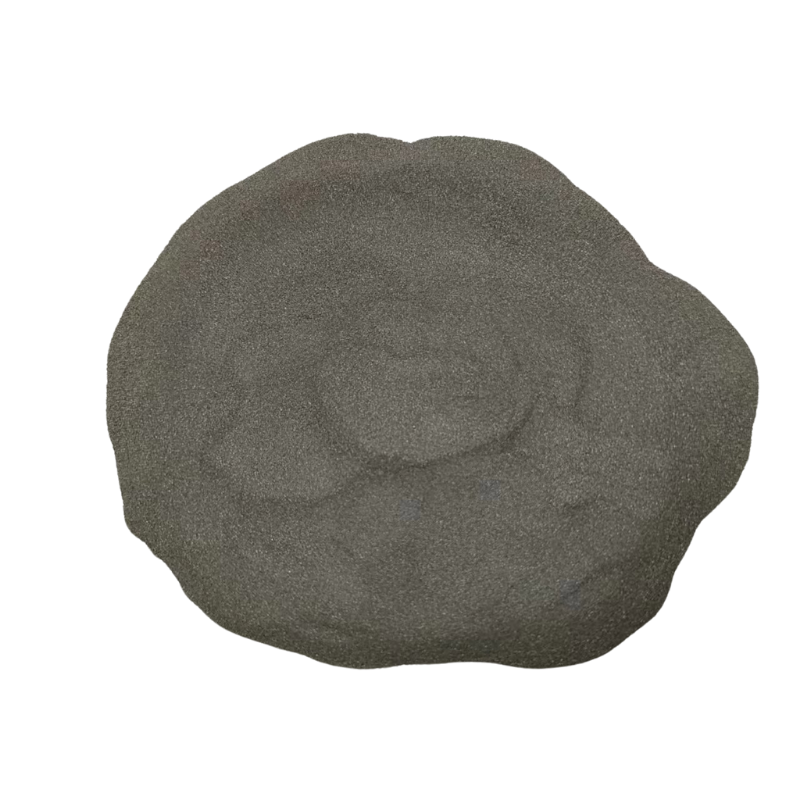
Exploring the Benefits and Uses of Quicklime and Hydrated Lime in Construction
The Importance of Quicklime and Hydrated Lime in Industry
In the realm of industrial materials, two key players—quicklime and hydrated lime—serve fundamental roles in a variety of applications. Their unique properties and versatility make them indispensable in numerous sectors, from construction to environmental management. Understanding these compounds is essential for anyone interested in their uses and benefits.
What is Quicklime?
Quicklime, chemically known as calcium oxide (CaO), is derived from limestone, which is primarily composed of calcium carbonate (CaCO3). The process of obtaining quicklime involves calcining (heating) limestone at elevated temperatures, typically between 900 to 1000 degrees Celsius. This thermal decomposition process drives off carbon dioxide (CO2), leaving behind quicklime.
Quicklime is a highly reactive substance, and its reactivity intensifies when it comes into contact with water
. This reaction produces heat and results in the formation of hydrated lime, also known as calcium hydroxide (Ca(OH)2), a process called slaking.The Transformation to Hydrated Lime
Hydrated lime is the final product of the quicklime and water reaction. It appears as a fine, dry powder or a slurry, depending on its preparation. Hydrated lime is less caustic than quicklime but still retains many similar properties, making it an essential substance for various applications.
The process of converting quicklime to hydrated lime involves adding water to quicklime, which is an exothermic reaction. This transformation not only illustrates the chemical versatility of lime products but also plays a crucial role in their use in different industries.
Applications in Industry
quicklime hydrated lime

1. Construction Both quicklime and hydrated lime are vital in the construction industry. Quicklime is often used in soil stabilization, enhancing the strength and durability of the ground before laying foundations. Hydrated lime, on the other hand, is a key ingredient in mortars, plasters, and cements. It contributes to the workability and durability of these materials while also improving their resistance to environmental factors.
2. Water Treatment Hydrated lime is widely used in water treatment processes. It helps to neutralize acidity in water, precipitate heavy metals, and remove impurities, ensuring the water is safe for consumption. The ability of hydrated lime to adjust pH levels is particularly beneficial in municipal water treatment facilities.
3. Environmental Applications Lime products are essential in managing waste and controlling emissions. Hydrated lime is utilized in flue gas desulfurization systems to reduce sulfur dioxide (SO2) emissions from power plants. Furthermore, quicklime plays a role in the treatment of industrial wastewater, effectively neutralizing acids and stabilizing heavy metals.
4. Steel Manufacturing Lime is crucial in the production of steel. It aids in the removal of impurities in the metal, enhancing the overall quality of steel products. Both quicklime and hydrated lime are employed in different stages of the steel manufacturing process, showcasing their flexibility and importance in metallurgy.
5. Agriculture Quicklime and hydrated lime are also used in agricultural applications to improve soil quality. Lime application can help correct soil acidity, providing essential nutrients to crops and promoting healthier plant growth. This leads to improved agricultural yields and sustainability in farming practices.
Safety and Handling
While quicklime and hydrated lime serve numerous beneficial roles, they must be handled with care. Due to their caustic nature, proper safety measures are essential to prevent skin and eye irritation. Protective gear, including gloves and goggles, should always be used during handling and application.
Conclusion
In conclusion, quicklime and hydrated lime are crucial materials in various industries, contributing to construction, environmental management, water treatment, steel manufacturing, and agriculture. Their versatility and reactivity allow for a wide range of applications, making them valuable resources in modern industrial practices. Understanding the properties and uses of these lime products is vital for optimizing their benefits and ensuring safe handling, ultimately leading to sustainable practices across multiple sectors. As industries continue to evolve, the importance of quicklime and hydrated lime will remain a cornerstone of economic and environmental stewardship.
Share
-
Premium Resin Coated Sand - High Heat Resistance CastingNewsJul.31,2025
-
High Quality Silicon Carbide Grit for Abrasive ApplicationsNewsJul.30,2025
-
High-Quality Ceramsite for Plants & Gardening | Lightweight PebblesNewsJul.29,2025
-
Premium Burgundy Glass Marbles for Vases & Shooter GamesNewsJul.29,2025
-
High Purity Quartz Sand for Industrial and Ground ApplicationsNewsJul.29,2025
-
High-Quality Barite Powder for Drilling & Industrial UseNewsJul.29,2025






